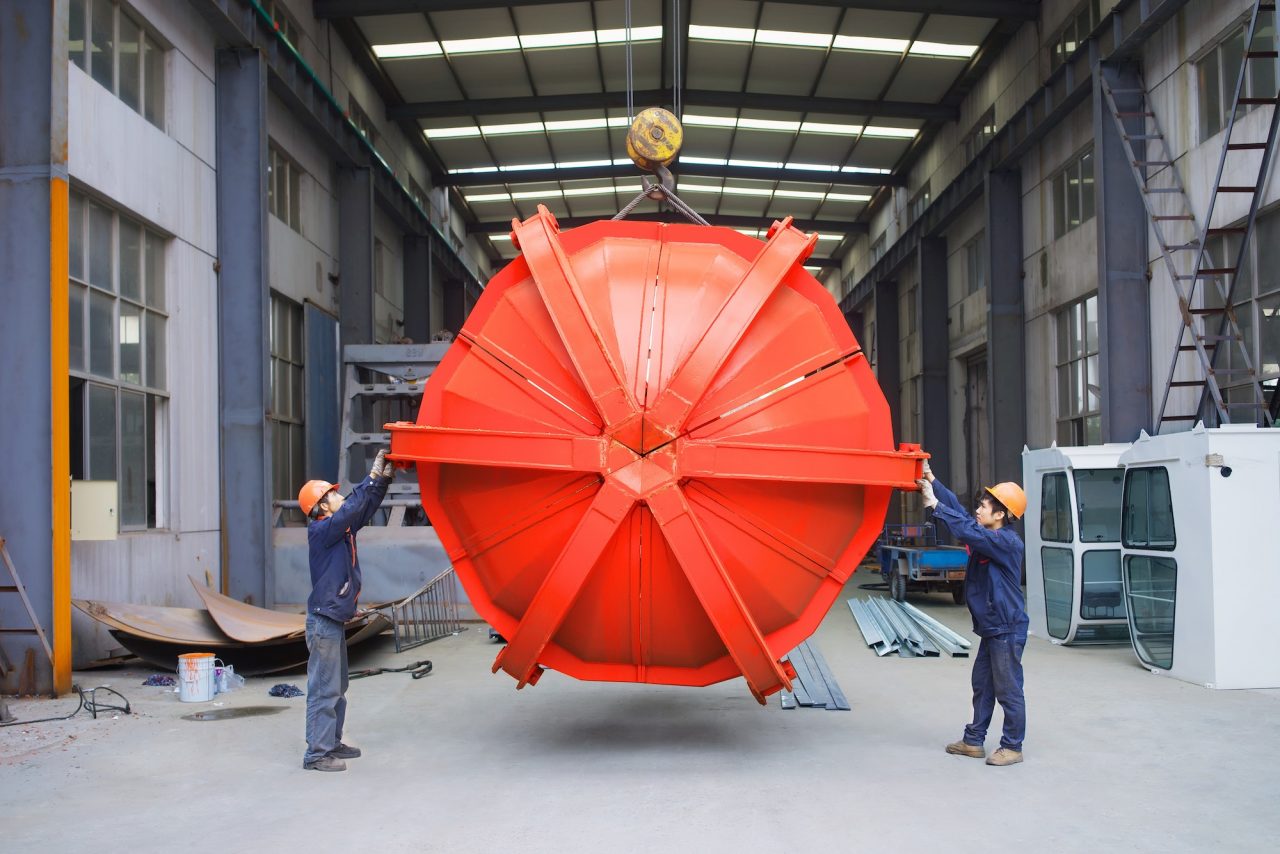Long before now, one would hardly envisage or expect fire incidents in malls and supermarkets, and as a matter of fact, the low statistical value and information on fire incidents in shopping malls have fueled the lack of preparedness for such incidents in the malls. Thus, the need for Health, Safety, and Environmental policies and Fire Safety Systems planning which can protect the mall should such an incident occur are often not given utmost priority in such locations.
A critical observation of the fire incident in the Ebeano supermarket in Abuja is an indication that HSE policies are not supposed to be limited to manufacturing industries alone as these policies drive necessary compliance which, by extension, protects life, assets, environment and ensures business continuity.
Primarily, Fires need three things to start – a source of ignition (heat), a source of fuel (something that burns), and oxygen:
- sources of ignition include heaters, lighting, naked flames, electrical equipment, smokers’ materials (cigarettes, matches, etc), and anything else that can get very hot or cause sparks
- sources of fuel include wood, paper, plastic, rubber or foam, loose packaging materials, waste rubbish, and furniture
- sources of oxygen include the air around us
From the standpoint of NFPA 101, the occupancy type (mercantile) and loading of shopping malls directly make them a high hazardous area as the majority of the items stored are some sort of fuels and inflammable materials, alongside, the oxygen-rich environment and the high traffic of buyers in them. And even with the recent E-commerce trends, some malls have installed data centers for ease of transaction processes. All these considerations make malls a location with a potentially high fire-hazard classification area.
With this knowledge of the fire hazard classifications of malls, HSE policies such as RTNs, hazardous signals, age-limit restrictions, appropriate demarcation for highly inflammable materials are to be incorporated into malls to ultimately reduce the risk of damages to HSE and assets, ensuring compliance to standards and regulatory requirements.
The severity of the fire incident at the Ebeano supermarket probably would have been reduced to ALARP if there had been a well-structured HSE policy and fire safety systems in place. But then, as mentioned from the beginning, the possibility of a fire incident is usually less expected and thus, when it happens, the damage is often uncontrollable.
Hence, it is mandatory for shopping mall business owners to seek expert advice at the inception of the business to ensure that all necessary life and fire safety requirements are put in place to protect life, asset and ensure business continuity.
Here at SCSP, we provide innovative and cost-effective consultation services with core competence in the aspects of Life and Fire Safety, Health, Safety, and Environment Management Systems, and we also offer corrective and preventive maintenance services for your already installed safety systems, indicating that we are solely committed to helping our clients get compliance, thus force-driving protection of life, assets, environment and also ensuring business continuity.
ALSO READ:
- FINANCIAL LOSS AND BUSINESS INTERRUPTION DUE TO FAILURE IN ENGINEERING RISK CONTROL – THE EBEANO CASE
- LE CAS DUN GESTIONNAIRE DE RISQUES LE SUPERMARCHE EBEANO
- A RISK MANAGER CASE OF EBEANO SUPERMARKET










